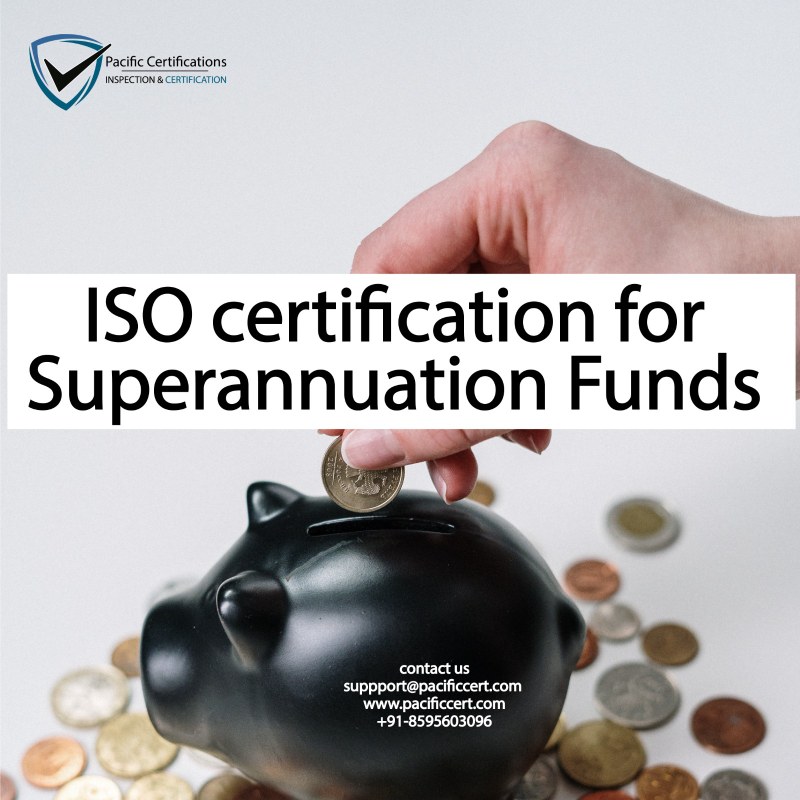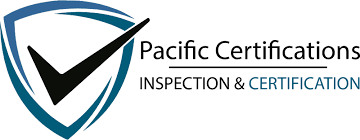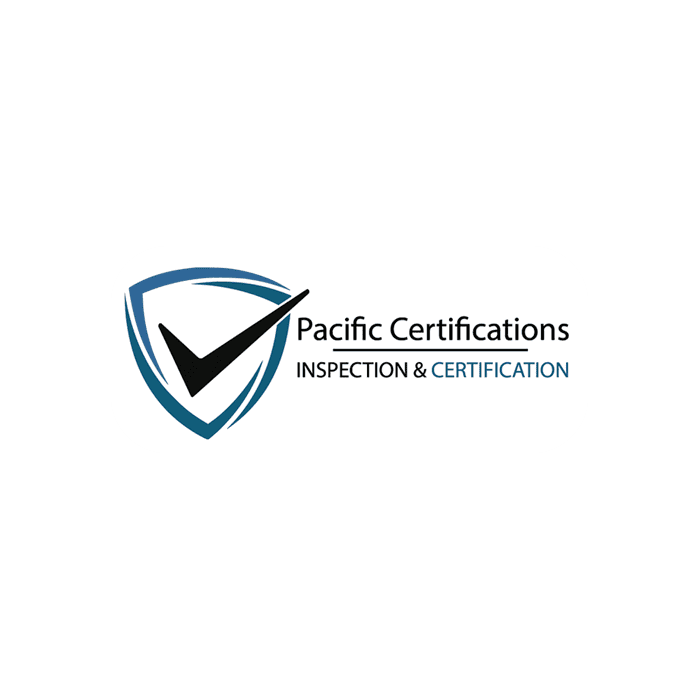ISO Certifications for Superannuation Funds Services, Requirements and Benefits

Quick Summary
"Superannuation funds can benefit greatly from ISO certifications—even though there’s no custom ISO just for them. Useful standards include ISO 9001 for quality management, ISO/IEC 27001 for protecting sensitive member data, ISO 22301 for business continuity preparedness, ISO 31000 for risk management, and ISO 55001 for asset management. To become certified, a fund must adopt management systems, document processes, perform internal audits, and pass external audits. The advantages are considerable: stronger stakeholder trust, improved efficiency, better risk controls, compliance alignment, and a reputation boost. These standards give superannuation organizations a framework to show discipline and reliability in a highly regulated financial domain."
Introduction
ISO certification for Superannuation Funds companies can provide numerous benefits, including enhanced operational efficiency, improved risk management, and increased trust and confidence among stakeholders. While there isn't a specific ISO standard tailored explicitly for superannuation funds, several standards can be beneficial for these organizations
Applicable Standards for Superannuation Funds Services
ISO 9001 - Quality Management System (QMS):
Implementing a QMS based on ISO 9001 principles can help improve operational efficiency and customer satisfaction within the organization.
ISO 27001 - Information Security Management System (ISMS):
Protecting sensitive financial and personal information is crucial for superannuation funds. ISO 27001 provides a framework for establishing, implementing, maintaining, and continually improving an information security management system.
ISO 22301 - Business Continuity Management System (BCMS):
Ensuring the continuity of operations, especially during unforeseen events or disasters, is essential for superannuation funds. ISO 22301 provides guidance for establishing and maintaining a BCMS to mitigate risks and minimize disruptions.
ISO 31000 - Risk Management:
Superannuation funds deal with various risks, including investment risks, regulatory risks, and operational risks. ISO 31000 provides principles and guidelines for effective risk management practices.
ISO 55001 - Asset Management:
Superannuation funds manage substantial assets on behalf of their members. ISO 55001 provides a framework for establishing an asset management system to optimize the lifecycle management of assets.
Click here to find out more applicable standards to your industry
These standards offer valuable frameworks and best practices that can enhance the overall management and operations of these organizations. It's essential for superannuation funds to understand their specific regulatory requirements and tailor their management systems accordingly.
Requirements of ISO certification of Superannuation Funds
While ISO certification specifically for superannuation funds is not common, there are potential benefits and requirements that these funds could consider if they decide to pursue ISO certification using relevant standards. Here are some potential requirements and benefits:
Compliance with Relevant ISO Standards:
The superannuation fund would need to ensure compliance with the requirements of the chosen ISO standard(s) they intend to certify against, such as ISO 9001 for quality management, ISO 27001 for information security management, or ISO 31000 for risk management.
Implementation of Management Systems:
Establishing and implementing robust management systems aligned with the chosen ISO standard(s) is crucial. This may involve developing policies, procedures, processes, and documentation to meet the requirements of the standard(s).
Training and Awareness:
Personnel within the superannuation fund would require training and awareness programs to understand the requirements of the ISO standard(s) and their roles in implementing and maintaining the management systems.
Internal Audits:
Conducting regular internal audits to assess the effectiveness of the management systems, identify areas for improvement, and ensure ongoing compliance with the ISO standard(s).
Management Review:
Periodic management reviews to evaluate the performance of the management systems, review objectives, and determine necessary actions for continual improvement.
Documentation and Record Keeping:
Maintaining accurate documentation and records to demonstrate compliance with the ISO standard(s) and facilitate audits by certification bodies.
Benefits of ISO certification of Superannuation Funds
Enhanced Credibility and Trust:
ISO certification can enhance the credibility and trust of the superannuation fund among stakeholders, including members, regulators, investors, and the public, by demonstrating a commitment to international best practices.
Improved Operational Efficiency:
Implementing ISO-compliant management systems can lead to improved operational efficiency, streamlined processes, and better utilization of resources within the superannuation fund.
Enhanced Risk Management:
ISO standards emphasize risk-based approaches to management, helping superannuation funds identify, assess, and mitigate risks more effectively, ultimately enhancing the security and stability of the fund.
Increased Competitiveness:
ISO certification can provide a competitive advantage by differentiating the superannuation fund from competitors who may not have achieved certification, potentially attracting more members and investors.
Better Regulatory Compliance:
While ISO certification does not replace regulatory compliance requirements specific to superannuation funds, it can help demonstrate a commitment to best practices, which may facilitate compliance with regulatory requirements.
Continuous Improvement:
The ISO certification process promotes a culture of continual improvement within the superannuation fund, leading to ongoing enhancements in performance, service quality, and member satisfaction.
Conclusion
It's important to note that pursuing ISO certification requires a significant investment of time, resources, and effort. Superannuation funds should carefully assess the potential benefits and weigh them against the associated costs and requirements before deciding to pursue certification. Additionally, they should select ISO standards that align with their organizational goals and objectives to maximize the value derived from certification.
Pacific Certifications is accredited by ABIS, in case you need support with ISO certification for your business, please contact us at [email protected] or +91-8595603096.
Ready to get ISO certified?
Contact Pacific Certifications to begin your certification journey today!
Suggested Certifications –
Read more: Pacific Blogs

